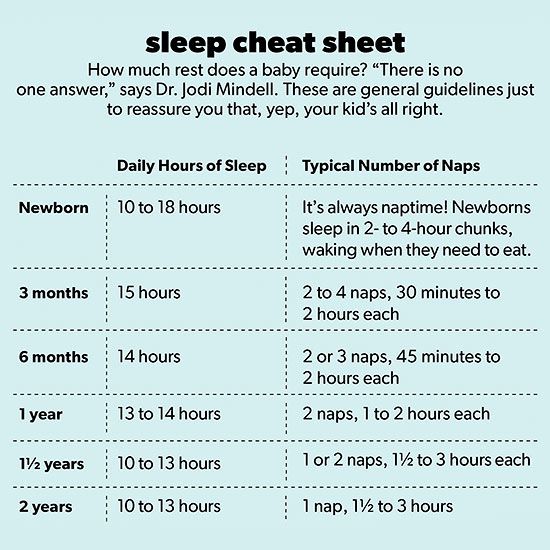Sweet Dreams Ahead: Sleep Training Your 3-Month-Old Baby
Hey there, super moms and dads! Is your little bundle of joy nearing that 3-month milestone? If you’re dreaming of a full night’s sleep, you might be thinking about sleep training. Fear not, intrepid parents, because we’re here to guide you through this peaceful passage! Sleep training your three-month-old can be a gentle journey towards better rest for the whole family. ??
But wait! Before we embark on this zzz-filled adventure, let’s make sure we understand the basics. Sleep training is about helping your baby learn to fall asleep on their own and stay asleep during the night (well, as much as their little tummies allow!). At 3 months, babies are starting to develop more predictable sleep patterns. This makes it an ideal time to start introducing those sleep-friendly habits.
Understanding Your Baby’s Sleep Needs
When it comes to sleep, every baby is a unique little star in the night sky. On average, most 3-month-old twinkles need about 14 to 17 hours of sleep over a 24-hour period. This is scattered throughout several naps during the day and, hopefully, longer stretches at night. ?
Is Your Baby Ready for Sleep Training?
Not all little night owls are ready to fly solo into dreamland at the same time. Before you decide to begin sleep training, it’s essential to make sure your baby is developmentally ready for it. Look for signs like being able to sleep for longer stretches or self-soothing by sucking on their fingers. If you’re unsure, it’s always best to check with your pediatrician and get a gold star for proactive parenting! ??
Creating a Soothing Sleep Environment
The quest for the perfect sleep begins with setting the stage. Transform your baby’s nursery into a calm, sleep-inducing environment. Dim lights, soft white noise, and a cozy (but safe) crib can make a world of difference. Remember, the sleep kingdom should be free of distractions and as peaceful as a still lake at dawn.
Establishing a Predictable Bedtime Routine
Consistency is key in the land of nod! A calm, nurturing bedtime routine can become a signal to your baby that it’s time to wind down. This might include a warm bath, gentle massage, snugly feed, or a soothing lullaby. Whatever you choose, keep it consistent and enjoyable for both of you. Before you know it, your little sleeper will be associating these activities with bedtime. ??
Are you ready to embark on this journey through the night? Join us as we dive deeper into the steps of sleep training your 3-month-old! Keep reading, and by the end, you will be equipped with a sleep-training toolkit that not only fosters independence but also nourishes parent-child bonds.
Laying the Foundation: A Sleep-Positive Mindset
Embarking on the sleep training voyage can stir a mix of emotions – excitement, eagerness, and maybe just a tad bit of anxiety. But let’s set sail with positivity! Believe in the power of healthy sleep habits and the resilience of your precious tiny snoozer.
As you follow this guide, remember that there are gentle sleep training methods that can match your family’s comfort level and needs. Tailor your approach, and rest assured (pun intended! ?) that teaching your baby to sail smoothly into slumber is a loving and caring act.
Alright, all you wonderful mommies and daddies, let’s get ready to sprinkle some sleepy dust and embrace the night with our content little dreamers. Keep following our guide for more insights and tips on how to create a tranquil and restful sleep atmosphere for your 3-month-old!
Stay tuned for our next installment, where we’ll explore sleep training methods suitable for your 3-month-old, how to handle nighttime awakenings gracefully, and ways to maintain patience and consistency throughout your sleep training journey!

5 Essential Tips For Parents Preparing to Sleep Train a 3-Month-Old
1. Know the Sleep Training Basics
Before you even think of starting, get a grip on what sleep training involves. It’s not about forcing your baby to sleep through the night right away. Instead, it is a gradual process that encourages your baby to self-soothe and sleep independently. Peeking at scientific studies or books can enhance your understanding and set proper expectations.
2. Be Attuned to Your Baby’s Readiness
Timing is everything. Usually, a 3-month-old begins to develop a more regular sleep-wake cycle and may be able to sleep for longer stretches. Assess your baby’s readiness by observing their behavior: Do they have predictable sleep times? Have they begun to soothe themselves? If you tick these boxes, it may be a green light to start sleep training.
3. Safety First: A Secure Sleeping Environment
Ensure the sleep environment is safe and calming. A firm mattress, no loose bedding or toys, and placing your baby on their back to sleep are crucial safety recommendations. Check that the crib meets current safety standards and that room temperature is comfortably cool.
4. Set a Soothing Pre-Sleep Routine
Routines are like a warm hug for your baby’s internal clock – it tells them that bedtime is near. Create a bedtime ritual that is soothing and conducive to sleep – this could include activities like dimming the lights, playing calm music, or reading a short bedtime story. Stay consistent as this routine will cue your baby’s brain that it’s time to wind down.
5. Stay Calm and Supportive
Patience will be your best friend during sleep training. There will be setbacks and maybe even some tears (from both baby and possibly you, too). Stay calm and collected. Your little one can pick up on your emotions, so a serene demeanor will help them feel secure.
As sleep training progresses, ensure that everyone involved with your baby’s care is on board with the plan. Consistency across caregivers can greatly improve the chances of successful sleep training.
There’s no one-size-fits-all when it comes to sleep training, just like there’s no one-size-fits-all parenting style. Some families may embrace a ‘cry it out’ approach while others prefer more gentle methods. Find out what resonates with you and aligns with your baby’s temperament. Equip yourself with strategies for gently guiding your cherub to dreamland.
Embarking on sleep training is an act of love that paves the way for healthy sleep patterns, for your child and your family. So, pour a cup of tea, take a deep breath, and start this new chapter filled with sweet dreams and bright-eyed mornings. The journey might seem long at the start, but each small step – each peaceful nap, each successful bedtime – is a victory in the world of parenting.
And remember, the goal of sleep training is not just to give you back those uninterrupted nights of sleep. It’s to help your baby establish a strong foundation for sleep that can last a lifetime. So, sleep tight to the future sound sleepers, and let’s nurture these budding sleep habits together!
Rewards lie ahead, dear parents, in the form of restful nights and energized days. Keep these tips close to your heart as you start sleep training and soon enough, you’ll have a little dreamer who knows just what to do when the stars come out to play. Ready, set, sleep train!
See more great Things to Do with Kids in New Zealand here. For more information see here
Disclaimer
The articles available via our website provide general information only and we strongly urge readers to exercise caution and conduct their own thorough research and fact-checking. The information presented should not be taken as absolute truth, and, to the maximum extent permitted by law, we will not be held liable for any inaccuracies or errors in the content. It is essential for individuals to independently verify and validate the information before making any decisions or taking any actions based on the articles.




